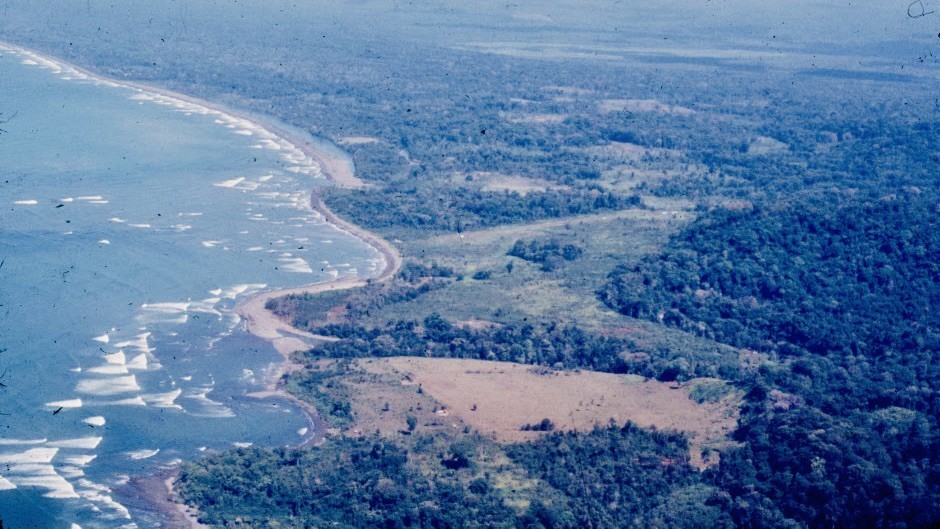

The History of Osa Peninsula
Corcovado National Park
The Ironic Beginnings
COSTA RICA

TOURIST INFORMATION CENTER
The United Fruit Company
Once upon a time, in the 1930s, a new chapter in Osa Peninsula’s history began to unfold, bringing significant changes to this enchanting land. During this era, the renowned United Fruit Company, commonly referred to as “el pulpo,” the octopus, made a momentous decision to shift its operations from the Atlantic region to the Pacific. This move was prompted by the deterioration of the land near the Caribbean coast.
In 1937, the United Fruit Company embarked on a transformative journey as they gained access to the untamed beauty of the Osa Peninsula through a land swap agreement with the Costa Rican Government. As they set foot on this land of wonders, their ambitious plans and aspirations took flight.
However, destiny had other plans in store. By 1943, the United Fruit Company realized that the Osa Peninsula was not suitable for their banana production endeavors. The land proved inaccessible and unsuitable for their grand vision. Ultimately, they decided to relinquish control and entrusted the Osa to one of their retiring engineers.
For the next 14 years, the Osa Peninsula remained hidden from the prying eyes of the outside world. This tranquil period allowed nature to reclaim its hold on the land, preserving its pristine beauty away from the bustling influences of modernization.


In the quaint town of Puerto Jimenez, a subtle transformation was unfolding, intricately woven into the fabric of daily life. The presence of the Costa Rican Banana Company cast a silent but potent spell, altering the course of the land and shaping the town’s future.
Yet, in the midst of these grand pursuits, the soul of Puerto Jimenez remained tethered to the simplicity of its agricultural roots and the tranquility of its coastal charm. The echoes of each passing day whispered the stories of the land and its people, who, unbeknownst to them, were at the crossroads of a tale that would reach far beyond the horizons of their town.
And so, Puerto Jimenez stood as a bridge between the aspirations of the Costa Rican Banana Company and the timeless rhythms of life within its heart. As the years unfurled, the story of this coastal town would unfold, interweaving the threads of ambition, exploration, and the essence of a community that thrived amidst the allure of the Pacific lowlands.
In 1957, a new player arrives...Osa Peninsula History
It was in 1957, the pristine and untamed lands of the Osa Peninsula in Costa Rica were forever altered by the arrival of a formidable entity – a US company known as Osa Forest Products (OFP). Driven by a determination to exploit the natural wealth of the region, they seized an opportunity that would forever change the course of Osa Peninsula history.
With a swift stroke of business, Osa Forest Products purchased the vast expanse of 47,513 hectares from the engineer’s window, sealing the deal with a sum of $450,000. As they set foot on this land of untapped potential, a new chapter in the Osa’s story was written – one that would echo with ambition and intrigue.
In an ironic twist of fate, the on-site manager of Osa Forest Products, Alvin Wright, took an unconventional step. Recognizing the need to fully understand the true value of this land, he extended an invitation to Leslie Holdridge and Joseph Tosi of the Tropical Science Centre. Their mission: to open a field station on the OFP property at Rincon. Little did they know that this seemingly simple act would ignite a chain of events that would set the stage for an extraordinary tale of intersecting interests and unexpected alliances.
As the 1960s rolled in, the Osa Peninsula became a melting pot of diverse aspirations. Rising unemployment in other parts of Costa Rica led to a unique phenomenon – jobless Ticos began to squat on the OFP’s property, staking their claim to the land. Now, three distinctly different groups – the squatters, the OFP, and the Scientists – converged upon this uncharted territory, each with their own visions for the Osa’s future.
And so, the stage was set for a dramatic showdown, as the agendas of these three groups collided in the oddest of ways. In the crucible of this unlikely convergence, the fate of the Osa Peninsula hung in the balance. The ambitions, hopes, and dreams of these individuals and organizations would intertwine in unforeseen ways, paving the way for a saga of intrigue and transformation that would leave an indelible mark on the history of the Osa Peninsula.


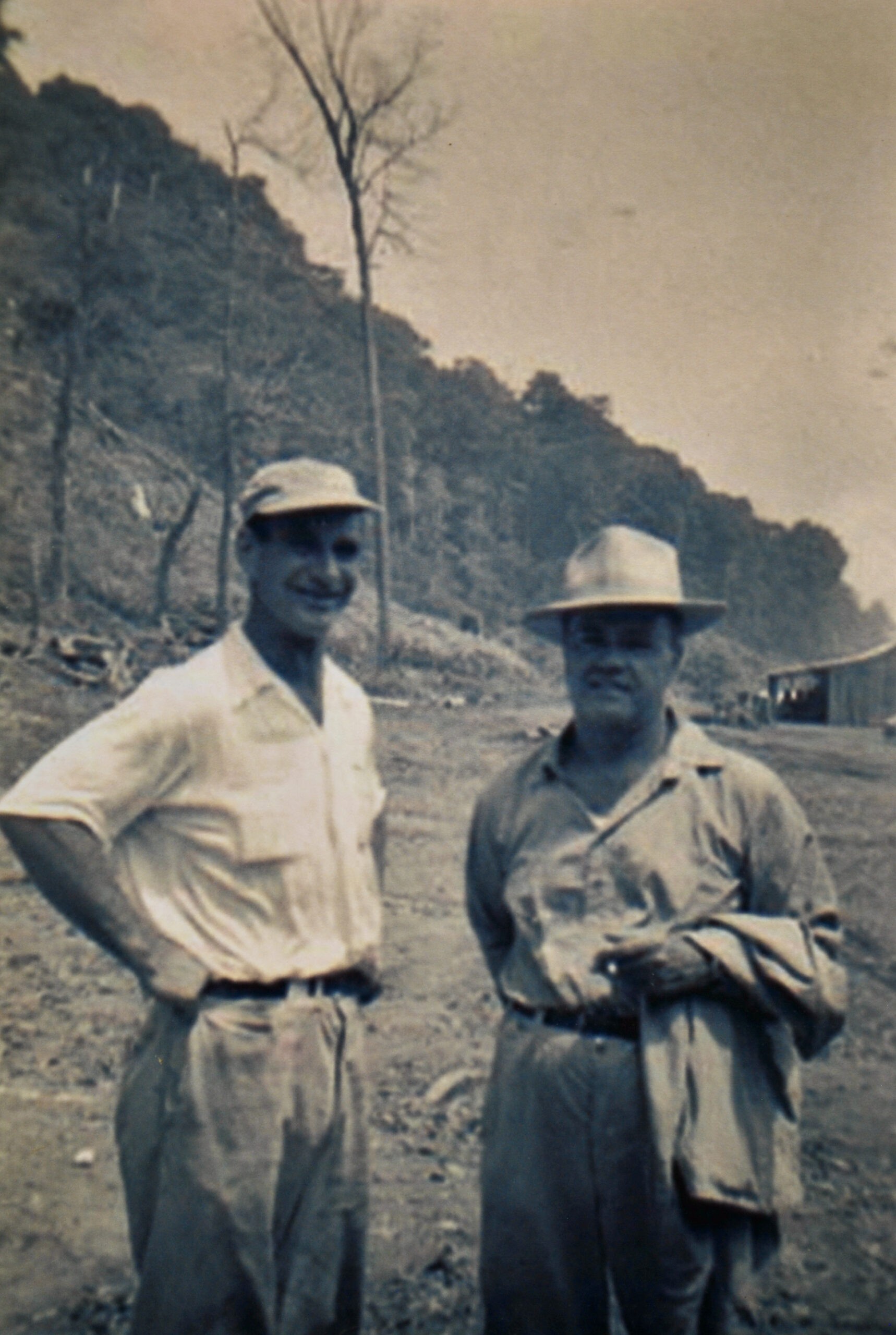
The early 1970s marked a critical juncture in the history of the Osa Peninsula, where the complex relationship between the three distinct and sometimes hostile groups came to a head. Each faction sought to solidify its position and further its hold on the coveted Osa Peninsula, leading to a battle of wills that would shape the peninsula’s destiny.
On one side stood the determined Osa Forest Products (OFP), seeking to exercise its commercial dominance over the land. However, a change in leadership brought forth an aggressive successor, Donald Allen, whose vision turned towards resort development. With ruthless tactics, he forced the closure of the Tropical Science Centre (TSC) field station, unleashing a wave of tension and uncertainty.
The squatters, with their dreams of settling on the Osa, attracted the attention and support of the newly formed Costa Rican Communist Party, determined to fight for their rights against powerful forces.
Meanwhile, the scientists, armed with their passion for research and conservation, forged an alliance with Christopher Vaughn, a Peace Corps volunteer working under Alvaro Ugalde and the newly formed Costa Rica National Parks. Their goal was to safeguard the pristine wilderness that had captivated them, amidst the swirling storm of competing interests.
As the battle for the Osa Peninsula unfolded, the air was thick with tension and confrontation. Strong-arm tactics were employed to intimidate settlers off the OFP lands, while the scientists and conservationists strove to preserve the natural wonder that had drawn them to these shores.
Amidst this turmoil, the fate of the Osa Peninsula hung in the balance, and the struggle would determine who held the legal rights and, more importantly, who possessed the strength to push their agenda to the top.
In the heart of this tumultuous era, alliances were forged, ideals were tested, and the future of the Osa Peninsula rested upon the outcomes of these clashes. The very essence of the Osa – its beauty, its biodiversity, its untamed spirit – was at stake, and the choices made in these pivotal moments would shape the course of its history for generations to come.
In the 1970s...the real battle begins
As the battle for control over the Osa Peninsula raged on, the year 1974 brought new challenges and complexities to the unfolding saga. The Osa Forest Products (OFP) continued to pursue their profit-driven agenda, seemingly unconcerned about the consequences of their actions on the Osa’s precious ecosystem. Whether it was gold dredging in the laguna, forestry, cattle ranching, or even creating their own private park, their bottom line remained fixed on financial gain.
In a startling turn of events, the dry season saw the squatters seizing an opportunity to stake their claim on the land, filing land claims and embarking on the arduous task of clearing the rainforest to establish their homesteads. Amidst this turmoil, a new player emerged – a Japanese company called Mitsui, intending to contract the Corcovado forest from OFP and turn it into wood chips.
However, amidst the chaos and conflicting interests, two scientists by the names of Ewel and Pool offered a glimmer of hope. They published a booklet entitled “The Corcovado Basin,” which not only described the unparalleled beauty of the Osa but also presented a visionary proposal – the conservation of a large part of the Osa Peninsula as the Corcovado National Park. Their words carried the essence of preservation and the urgent call to protect the Osa’s natural wonders for future generations.
As the tide of change swept through the Osa Peninsula, the forces of exploitation and conservation clashed fiercely. The fate of this breathtaking land hung in the balance, with the hopes and dreams of the scientists, conservationists, squatters, and OFP intertwined in a dance of destiny.
And so, the Osa Peninsula history stood at a crossroads, on the precipice of transformation. The choices made in these critical moments would define the legacy of the Osa, shaping its future as a beacon of conservation and ecological preservation. Amidst the turmoil and uncertainty, the call for preservation rang clear, echoing through the annals of time as the Osa Peninsula embraced its destiny as a bastion of conservation, a testament to the enduring power of human determination to protect and cherish the natural world.


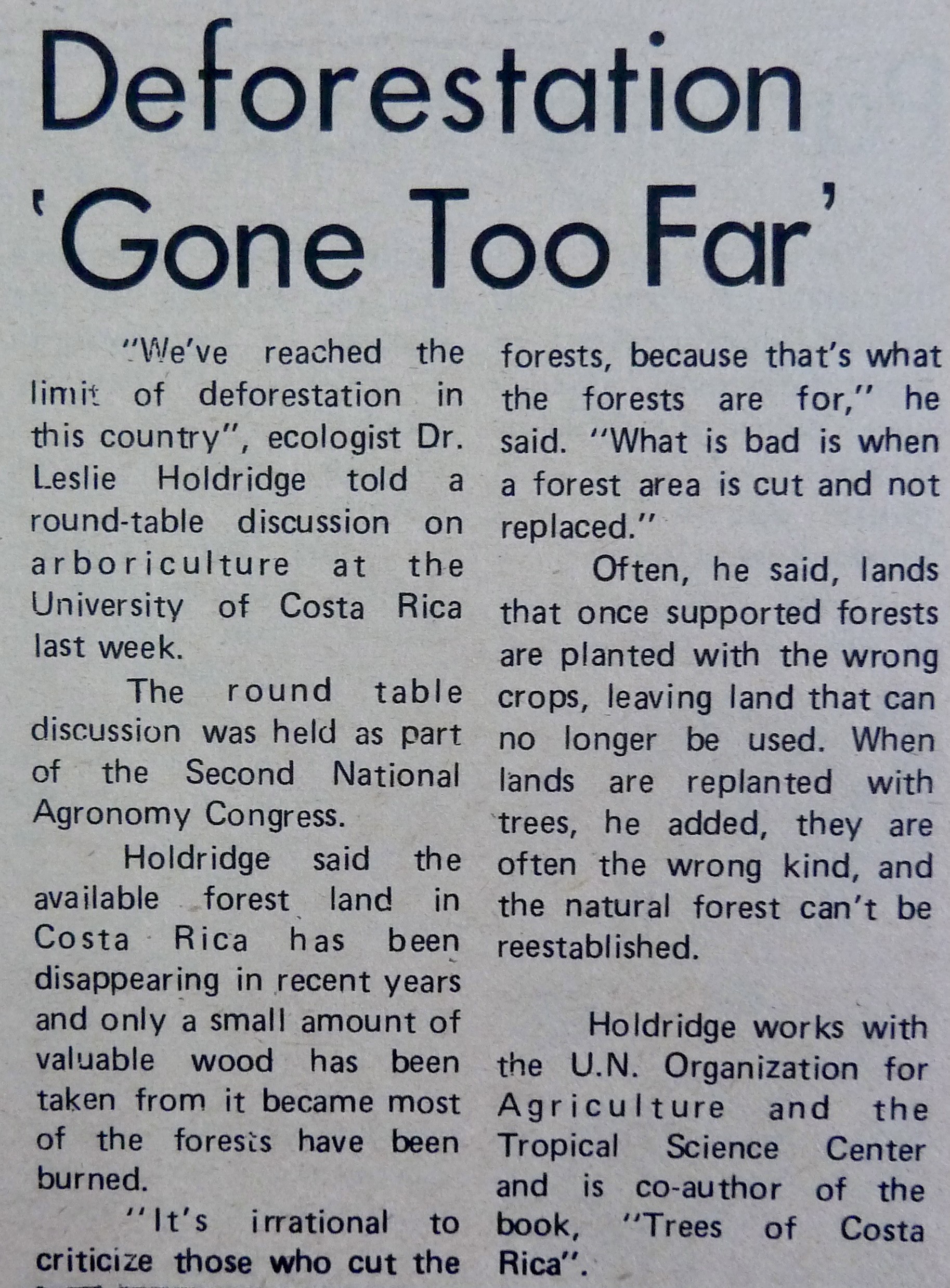
In the year that followed, the dry season of 1975 bore witness to a remarkable transformation on the Osa Peninsula. The once dominant Osa Forest Products (OFP) had lost all semblance of control over the determined squatters. In the words of Chris Vaughn, a testament to the dramatic shift unfolded as he wrote, “not one square meter in the Corcovado plain or in the nearby hills was not marked with boundary lines and claimed by an owner.”
The landscape, once blanketed with the wild beauty of the rainforest, was now etched with the boundaries of individual ownership. The squatters, driven by visions of prosperity, had become the new proprietors of the land they had once longed for. However, behind this wave of claimants, there loomed a different reality. Among the newcomers, many were speculators, aiming to seize the opportunity to clear the land and resell it at inflated prices.
Amidst the unfolding drama, the heart of the Osa Peninsula bore witness to a remarkable shift in its very essence. The pristine wilderness that once defined this magical land now echoed with the voices of ownership, ambition, and dreams of prosperity. The land had become a canvas for aspirations, where individuals sought to carve out their piece of paradise and secure their place in the Osa’s ever-evolving history.
As the dust settled, the Osa Peninsula stood transformed, a mosaic of claimed territory and budding opportunities. The clash between commerce and conservation, greed and preservation, continued to dance upon this fertile land, leaving an indelible mark on its future. With each boundary line etched into the ground, the Osa bore witness to the complexities of human endeavor, as it continued to unfold its remarkable journey through time.
Establishing Corcovado National Park...Osa Peninsula History
In the realm of conservation and the fate of the Osa Peninsula, a formidable partnership emerged between Alvaro Ugalde of the National Parks System and President Daniel Oduber. With this alliance, Ugalde wielded the power to act on behalf of the president, becoming known as ‘The President’s Man’ – a title that would leave an indelible mark on the preservation efforts of the Osa.
Armed with this authority, Ugalde embarked on a pivotal mission to protect the Osa Peninsula from the relentless land speculators. He employed his influence to convince banks to halt lending money to these opportunistic individuals, staunchly defending the sanctity of the Osa’s natural wonders.
As 1975 drew to a close, the Osa Forest Products (OFP) found themselves in the precarious position of knowing their lands on the Osa Peninsula were under consideration for expropriation. In a bid to secure their interests, they directly approached the president to discuss the possibility of a land swap.
In the pivotal month of October, President Oduber signed a decree that would shape the future of the Osa Peninsula. Through this act, lands of the OSA Basin were exchanged for lands of the surrounding Baldios Nacionales. Simultaneously, another decree was signed, establishing the illustrious Parque Nacional Corcovado in the heart of the Corcovado Basin.
With these historic signatures, the Osa Peninsula’s journey toward conservation reached a milestone. The creation of Parque Nacional Corcovado signaled a resolute commitment to preserve this natural paradise for generations to come. The partnership between Alvaro Ugalde and President Oduber had opened a new chapter in Osa Peninsula history – a chapter that would echo with the triumph of preservation over exploitation and stand as a beacon of hope for the harmonious coexistence of man and nature.

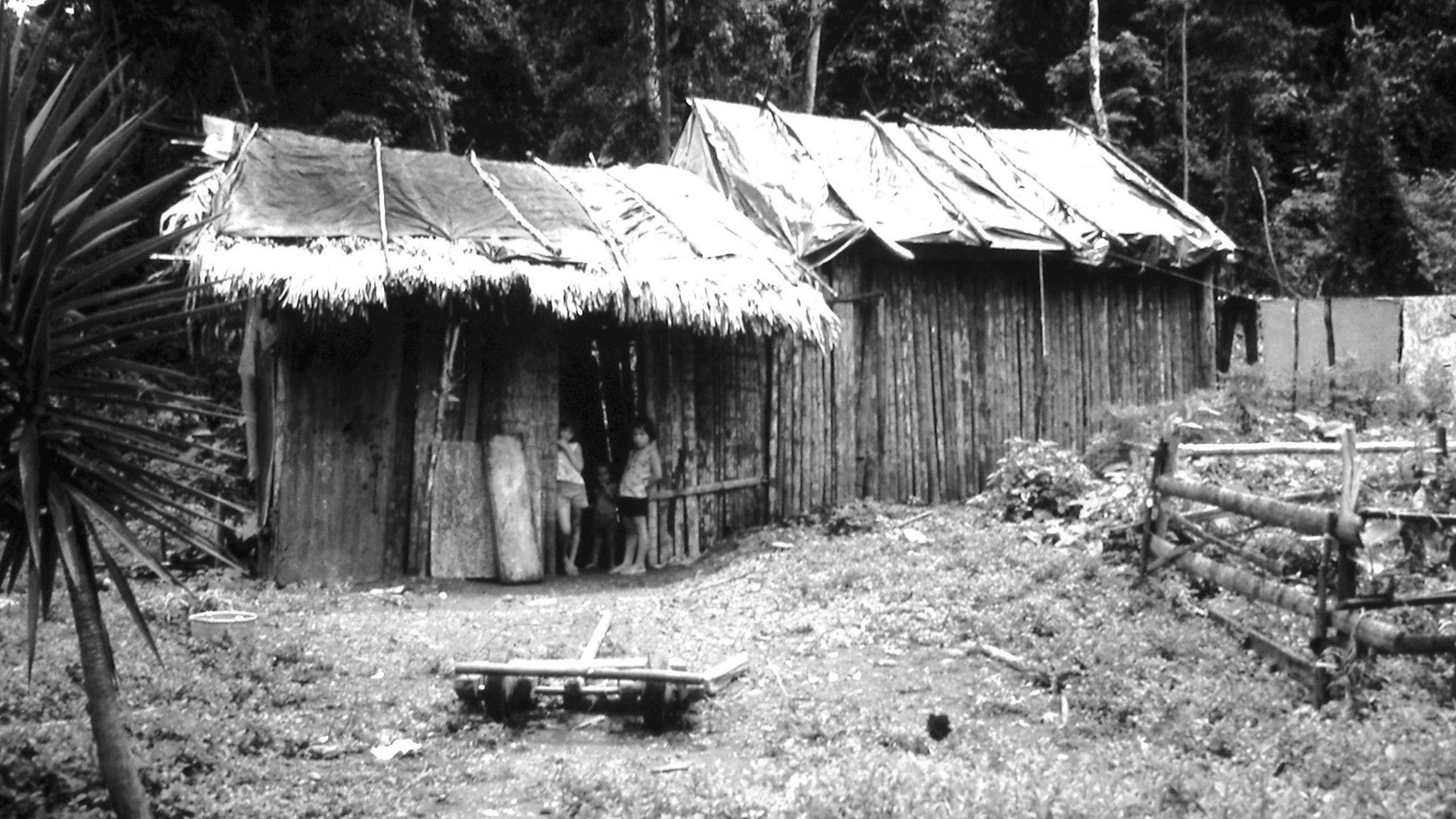
In the pivotal year of 1976, Alvaro Ugalde presented ambitious plans for the expansion and development of the newly established Parque Nacional Corcovado. However, an unforeseen challenge threatened to derail the conservation efforts – a pressing national emergency arose due to the staggering number of squatters that had settled within the park’s boundaries.
The situation demanded urgent action, and resolute measures were taken to reclaim the land. It took an entire year of tenacious effort and a substantial investment of $1.7 million to remove all the squatters from the park. The Osa Peninsula, once teeming with claims and boundary lines, now stood cleared of these aspiring landowners.
Yet, amid this triumph, a stubborn resistance lingered. A small group of gold miners remained entrenched, undeterred by the efforts to restore the Osa’s wilderness to its natural state. Their persistence presented an enduring challenge to the vision of a pristine and protected national park.
As the dust settled and the park reclaimed its territory, the transformation of the Osa Peninsula reached a crucial juncture. The success in evicting the squatters marked a turning point in the journey of conservation, an unwavering commitment to safeguarding the region’s unique biodiversity.
However, the steadfast presence of the gold miners served as a poignant reminder that the battle for preservation was far from over. The Osa Peninsula history continued to unfold, as the forces of conservation and exploitation continued their dance upon this precious land. The future of the Osa Peninsula remained delicately balanced, swaying between the dreams of preservation and the persistence of those who sought to extract its hidden treasures.
Corcovado National Park History is Full of Irony
In the realm of wonder and speculation, one cannot help but ponder the pivotal events that shaped the destiny of the Osa Peninsula. What if the Osa Forest Products (OFP) had never extended an invitation to the scientists? And what if they had never lent their hand in establishing the research station for these passionate explorers? The course of history would have surely taken a different turn, leading us to a vastly altered present.
In the midst of these unfolding tales, the determined squatters emerged as unexpected heroes in their own right. With the support of the Costa Rican Communist Party, they stood as a formidable force against the relentless march of destruction that threatened to grind the Osa Peninsula into mere wood chips.
Yet, it was the scientists – the visionaries driven by a boundless love for nature – who emerged as the true guardians of the Osa’s destiny. Their partnership with Alvaro Ugalde, a stalwart of the National Parks System, and Daniel Oduber, the esteemed President of Costa Rica, would pave the way to an extraordinary feat – the protection of one of the most biologically intense places on our planet.
In this captivating dance of fate and determination, the Osa Peninsula found its saviors in the dedication of these scientists and their unyielding commitment to preservation. Their passion echoed through the annals of time, inspiring a collaborative effort that would forever change the course of the Osa’s history.
Today, the Osa Peninsula stands as a testament to the power of conservation, a living testament to the harmony between humanity and nature. The spark ignited by these pioneers and their visionary leaders, Ugalde and Oduber, continues to shine brightly, illuminating the path toward the preservation of our planet’s most remarkable treasures. The Osa Peninsula’s journey of wonder and protection has only just begun, and its future holds the promise of continued awe and reverence for the incredible tapestry of life that calls this exceptional land its home.
…Corcovado National Park, a priceless place with an Ironic history.
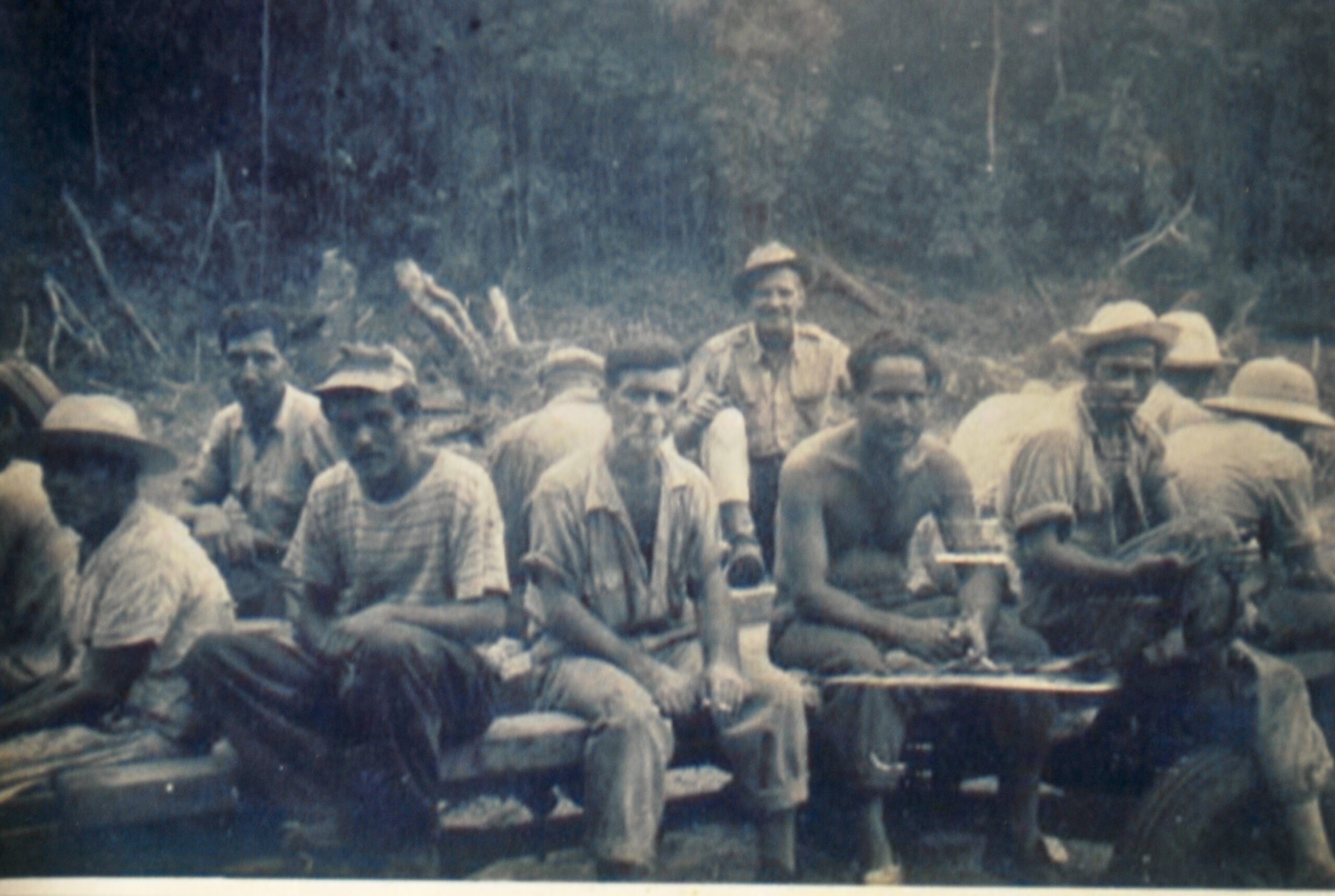

Osa Peninsula History, Corcovado National Park
The National Parks Service original estimate of $176,000 for setting up the park (mostly to buy out squatters) later rose to at least $1.2 million.
Corcovado National Park (CNP) was the first Costa Rican park justified based on its ecological and scientific merits, without reference to cultural attributes (like Santa Rosa) or recreational benefits (like Manuel Antonio).
The Costa Rican government was somewhat successful at relocating the approximately 300 farmers, along with their livestock, to the eastern side of the peninsula. However, a few gold miners remained entrenched, which the government would later live to regret.
Thank You

